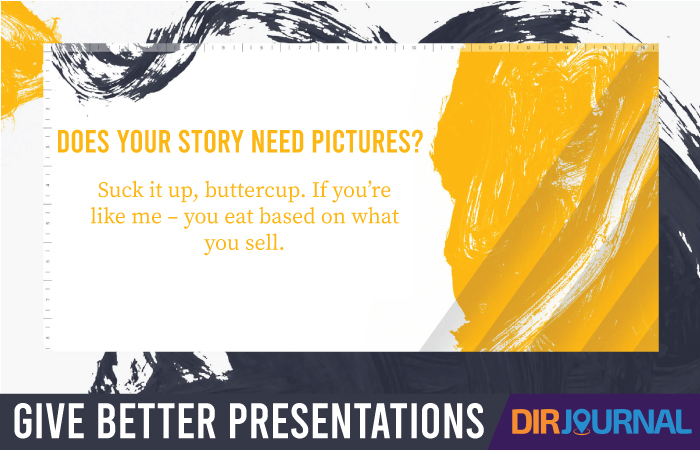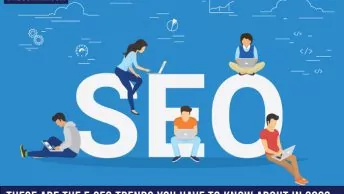If you’re in sales or ever get called to give a presentation to a group of people, what’s the first thing you do? Fire up PowerPoint? You’re not alone. In the last 22 years, over 1 billion computers have run PowerPoint. It’s been used by everyone from the New York Knicks (who tried to woo LeBron James) to the European Organization for Nuclear Research (who announced the discovery of the Higgs boson). The later featured the oft-mocked Comic Sans font. The former? Well, we know James won his first NBA championship in Miami.
PowerPoint is both heavily relied upon and heavily ridiculed. PowerPoint has a monopoly in the industry. Ninety-five percent of presentation software is Microsoft’s. Keynote, Google Presentation, Prezi, and SlideRocket are far behind. But the question is do we even need slideshows? (They didn’t work on Lebron.)
The Problem with Slides
Slides are often amateur, boring, and distracting. Instead of focusing on the speaker and the structure of the presentation, we sit and watch the cheesy animation on the corner of the slide. But we need slides, right?
The best speakers at any level tell a story. The very best use only a few slides to support the tale. The very bold eliminate the slide-show altogether. The problem is not the slides, nor the software. The problem is that slides have become a crutch. They are not intended to be the speaker’s outline. Speakers have gotten lazy and lost their art.
Storytelling is an art.
And I don’t mean you should start by cracking some lame joke about that hunting trip with your Father. I think of a book I read recently. Is Everyone on the Bus? tells the tale of an organization with a clear objective and people with different personalities. In it, I could identify people I’ve worked with and myself. The story puts names to the types of leaders – identifying them. Adding to your vocabulary, you can now hold the thought long enough to discuss it with someone else and to make it your story.
That’s where the beauty is.
A story takes piles of data, statistics, and words and makes it real.
It turns it into your story.
Don’t tell me your industry doesn’t tell stories. That excuse doesn’t work. If you’re a manager trying to persuade people, tell them where you want to go – you have a story. If you’re an accountant delivering financials – you have a story.
Stories keep the audience involved. Rather than the audience tuning out, a presentation that is immersive and participatory draws us in. When participants leave thinking, “I’ve got something to do” – that speaker did their job.
Does your story need pictures?
Statistics show that 36 percent of presentation prep is wasted on slide creation. The design and animation by people without graphics knowledge leaves us. well, unimpressed. Consider paring down your slides. Or try bringing up a roll of butcher paper instead. Easy? No. PowerPoint is a crutch. It’s like going up to the stage a cappella. Without something to hide behind, without something else for people to look at, it’s not easy.
Suck it up, buttercup. If you’re like me – you eat based on what you sell.
If I don’t work, I don’t get paid. Rather than being concerned about unleashing a fusillade of bullet points and impressing audiences with my ability to tie my live Twitter feed to a PowerPoint presentation – I need to sell something.
Remember your objective for speaking in the first place. Remember that audiences don’t care how. They care why. Slides or not, go in with the objective of keeping it simple and of benefit to your audience – and you’ll give better presentations.








[…] Slideshows are overrated. That being said, I do use them for most of my presentations. Most people are visually inclined. A slide may add weight to your words and make the point more clear. If you’re asked to submit a few sample slides or your complete slideshow follow the tips at Directory Journal to Give Better Presentations. […]